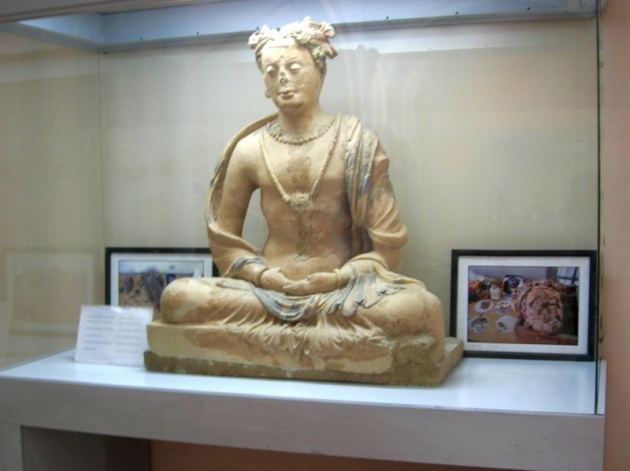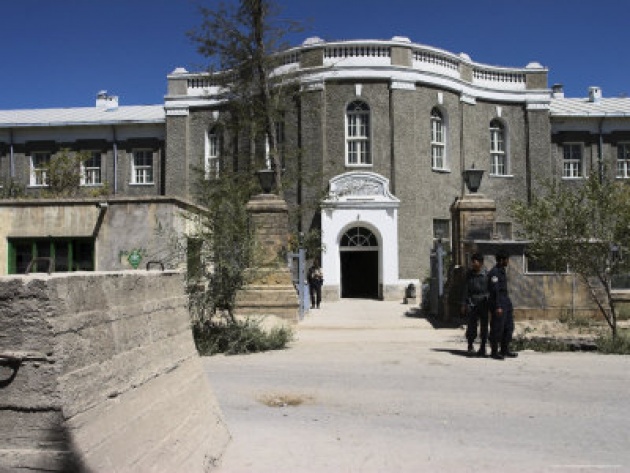For thousands of years, Afghanistan was a crossroad for trade from India, Iran, and Central Asia. As a result, many treasures and artifacts have been discovered and collected. The Kabul Museum, housed the most comprehensive record of Central Asian history. Many of its pieces have been dated as far back as pre-historic times. One of the museum's largest displays, was the magnificent Bagram Collection. Discovered in 1939, by archaeologists excavating a Kushan fort, it contained an amazing 1,800 pieces from India, Rome, Greece, Egypt, and Central Asia. The Kabul Museum also had one of the largest displays of Greek and Roman coins found near Kabul. This collection was a historical treasure, as it contained coins from numerous civilizations dating from the 8th century B.C. to the late 19th century.
These treasures and many others were tragically lost when the Kabul Museum was bombed in 1993. At first, only the upper galleries suffered losses and looting. The remaining artifacts, were transferred to lower leveled, steel doored vaults. In 1994, the United Nations attempted to stop the looting by repairing the doors, and bricking up the windows. Disappointingly, these attempts failed, and looters continued to plunder 90% of the museum's collections. Both private collectors and antique dealers from as far away as Tokyo, have purchased stolen museum pieces. Looted artifacts have shown up all over the world, and they bring in large sums of money to the criminals.

In early March 2001, the Taliban decided to destroy all pre-Islamic statues and objects in Afghanistan, after an edict was announced by their leader Mullah Omar in late February. The Taliban destroyed numerous statues in the museum which survived the previous looting and destruction as a result of war. The Taliban also destroyed the two giant Buddhas from the 5th century in Bamiyan, and other ancient historical statues in Ghazni. One of the Buddhas in Bamiyan was the world's tallest standing Buddha.
The purpose of this page, is to help others enjoy the contents of the Kabul Museum prior to its destruction. It is important to remember our rich cultural heritage. We feel that Afghans need to have a link to their past. It is our deepest hope that the beautiful treasures of our country can one day be found and returned to their rightful home.




